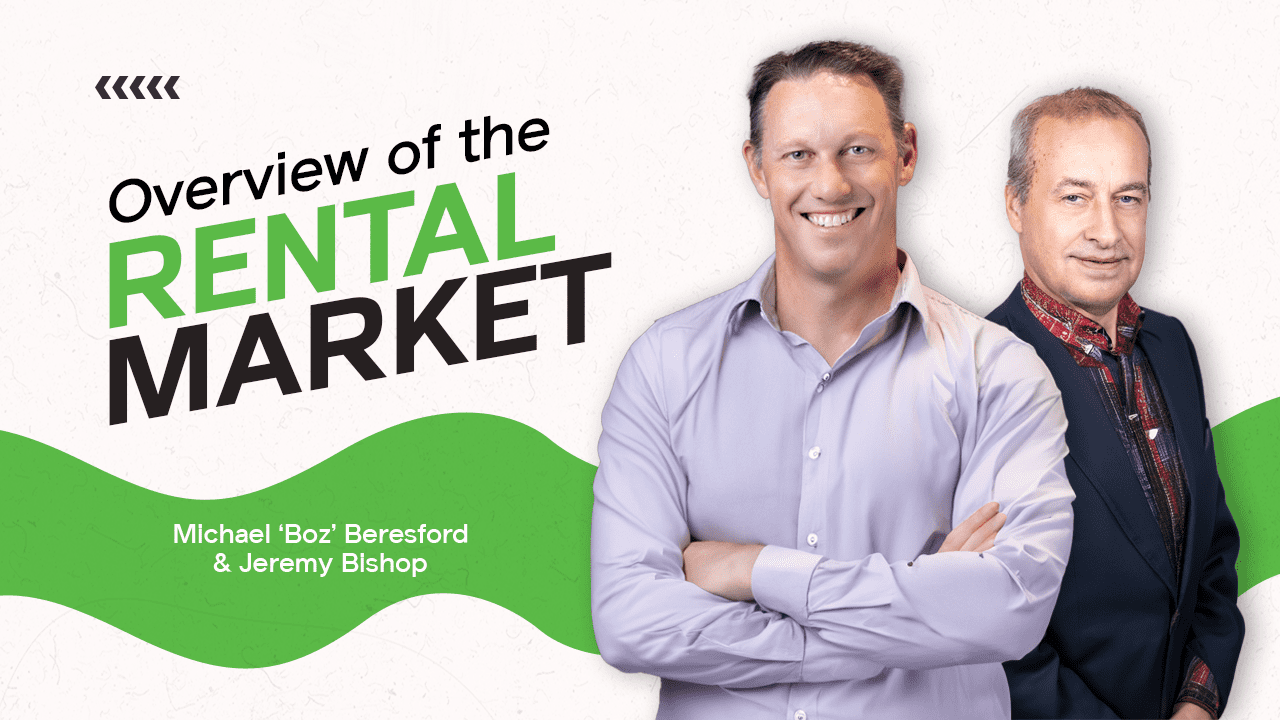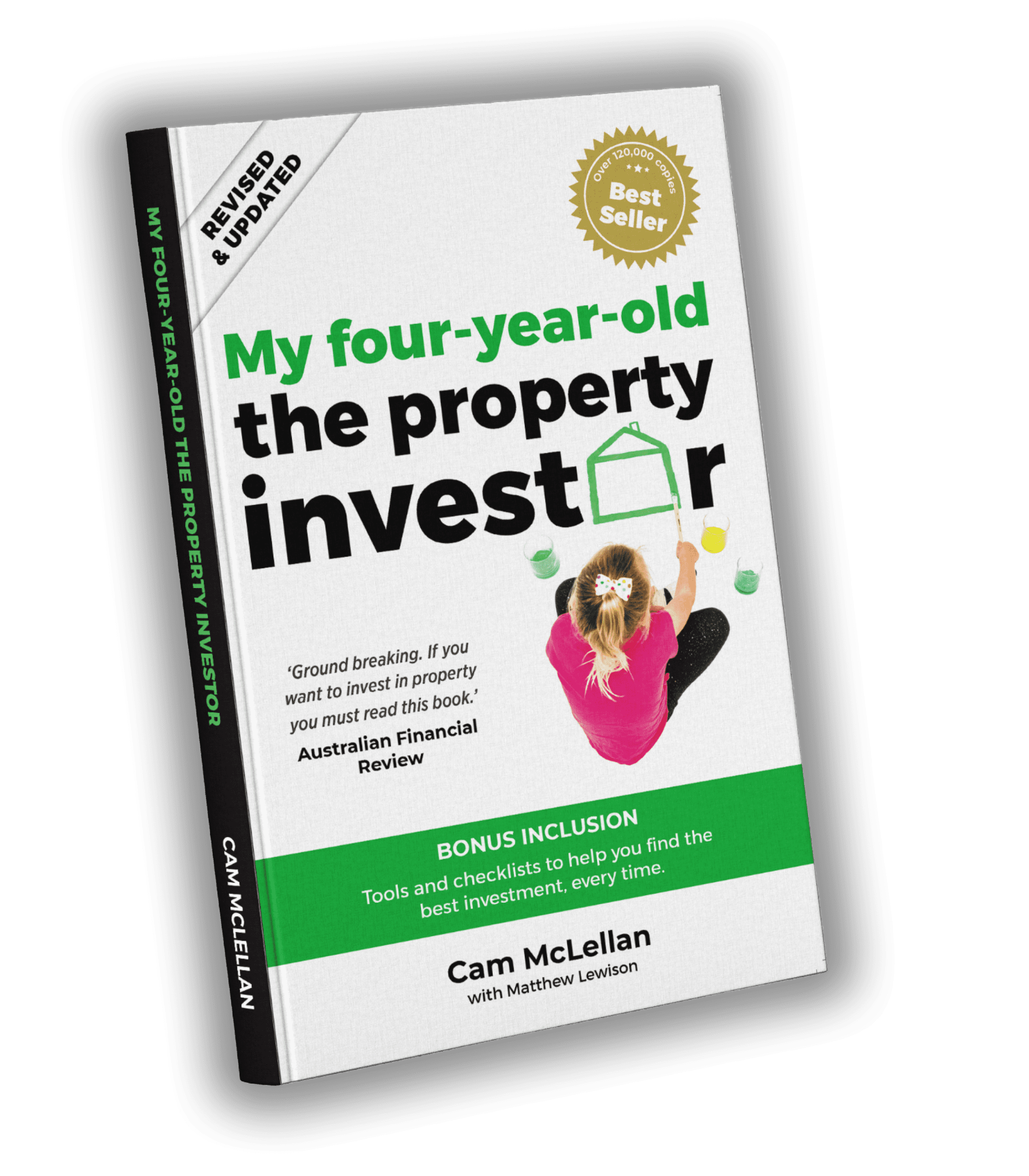Lending landscape Part 2
In part 2 of the lending landscape series, we deep dive into the specifics around loan types, loan structures and cashflow for investors who are holding one or a portfolio of investment properties.
A critical component of a successful property investment strategy is understanding your finances and the lending landscape.
Today, we look at two important factors that will play a huge role in property investment. These are cash flow and loan structures.
Understand Your Cash Flow
Cash flow is the net amount of cash moving through your portfolio; it plays a crucial role in developing your strategy. Correctly managing your cash flow could mean the difference between a successful portfolio and a disaster.
When you’re calculating your cash flow, you need to take into account, for example:
- rental income
- vacant tenancies
- interest rate rises
- loan repayments
- rates
- tax benefits.
Your loan type is an important aspect that impacts your cash flow. Choosing a fixed rate loan or a variable loan, and a principal and interest loan or an interest-only loan, can substantially change your monthly repayment costs, so it’s important to consider what’s the best option for you.
In a previous post, we talked about the big difference between the interest rates for principal and interest loans versus those for interest-only loans.
Below, we look at how those huge discrepancies can affect your repayments. To begin, let’s consider that you have a $400,000 loan amount with an 80% loan to value ratio.
A Hybrid Fixed and Variable Loan
A hybrid fixed and variable loan usually starts off with a prescribed period in which the interest rate is locked in, before converting after this time to a variable interest rate. This is a typical principal and interest loan.
For example, with a fixed and variable loan, you might start with a three-year fixed interest rate of 4.24% before shifting to a 4.84% interest rate for the variable term. Keep in mind that these rates would vary over time – only the first rate is locked in for three years.
With a $400,000 loan, that equates to $1,965 a month for the fixed period, and $2,097 per month for the variable period.
A Full Variable Loan
A full variable loan includes no fixed rate period. For example, you could have a 4.84% rate for the full term of the loan if you’re on a principal and interest loan.
However, if you’re on an interest-only loan, the interest rate could be even higher – say, 5.4%. For a fully variable, interest-only loan, you find yourself paying $2,246 per month.
Such discrepancies are common in the financial world for principal and interest partversus interest-only loans. So, in raw dollar figures, you might find you’re spending more to pay off the interest on an interest-only loan than you would be actually paying to reduce the loan amount on a P&I loan.
But it’s important to note that, as investors, that additional interest also becomes tax deductible. This is another factor to consider in the holding costs of your properties.
As you can see, it’s always important to have insight into the market, to do your research and know what’s happening at any given moment to get the best deal for your investments.
The best scenario is to have a look at your own unique situation, consider the best approach to your strategy, talk to your broker and come to the most suitable conclusion for your circumstances.
Take Care with Your Loan Structures
For those of you familiar with OpenCorp’s philosophy, you’ll know we’re really big on avoiding cross-collateralisation. That’s our number one rule: no cross-collateralisation wherever possible.
Avoiding cross-collateralisation generally means taking the deposit and costs from an equity loan from one lender to the lender providing you the loan for your new property.
Don’t forget, it’s always important to keep each of your properties structurally separate. That means that on paper, the loan you get for a new property is only secured by that new property, rather than using existing property as security against the new loan.
However, these days, many bankers want to sure up their business by having control of funds and requiring contracts of sale before they approve an equity release.
That complicates things a little. With increasing frequency, we’re having to use the same bank to fund the equity release and provide the new loan.
However, just because you’re using the same bank, it doesn’t mean that the properties need to be cross-secured. Do your research, investigate your cash flow situation, and search for a favourable outcome based on all the options out there on the market.
If you’d like to learn more about your options, or would simply prefer to arrange a consultation with a property investment specialist, be sure to contact us today!








